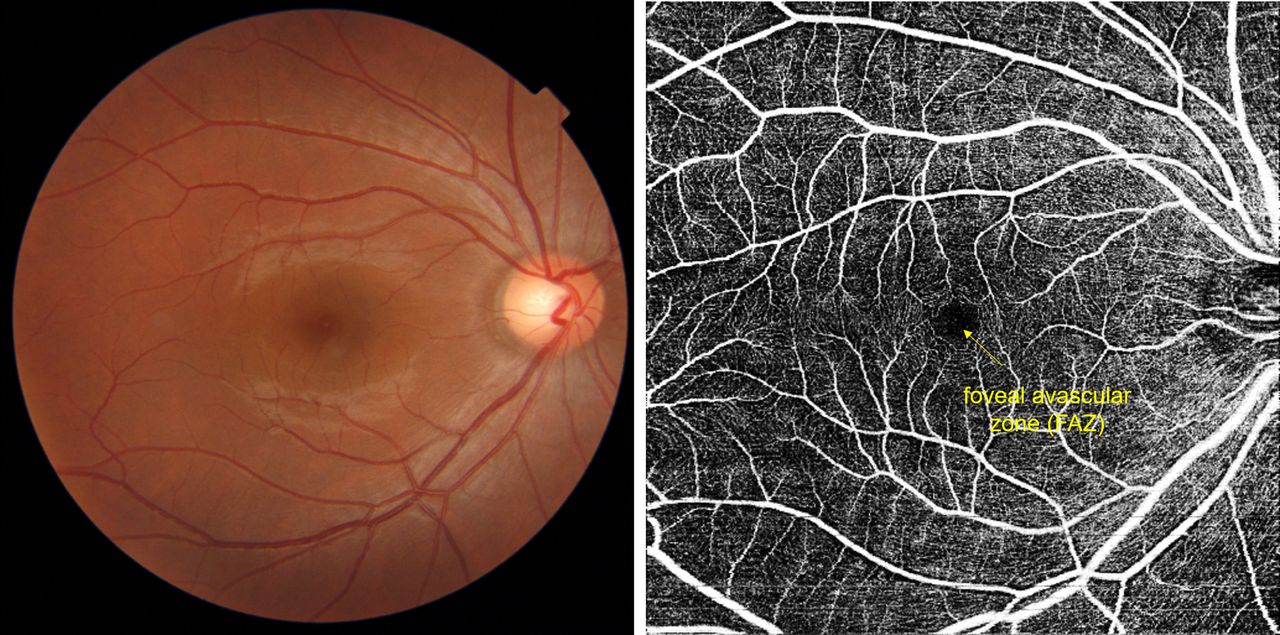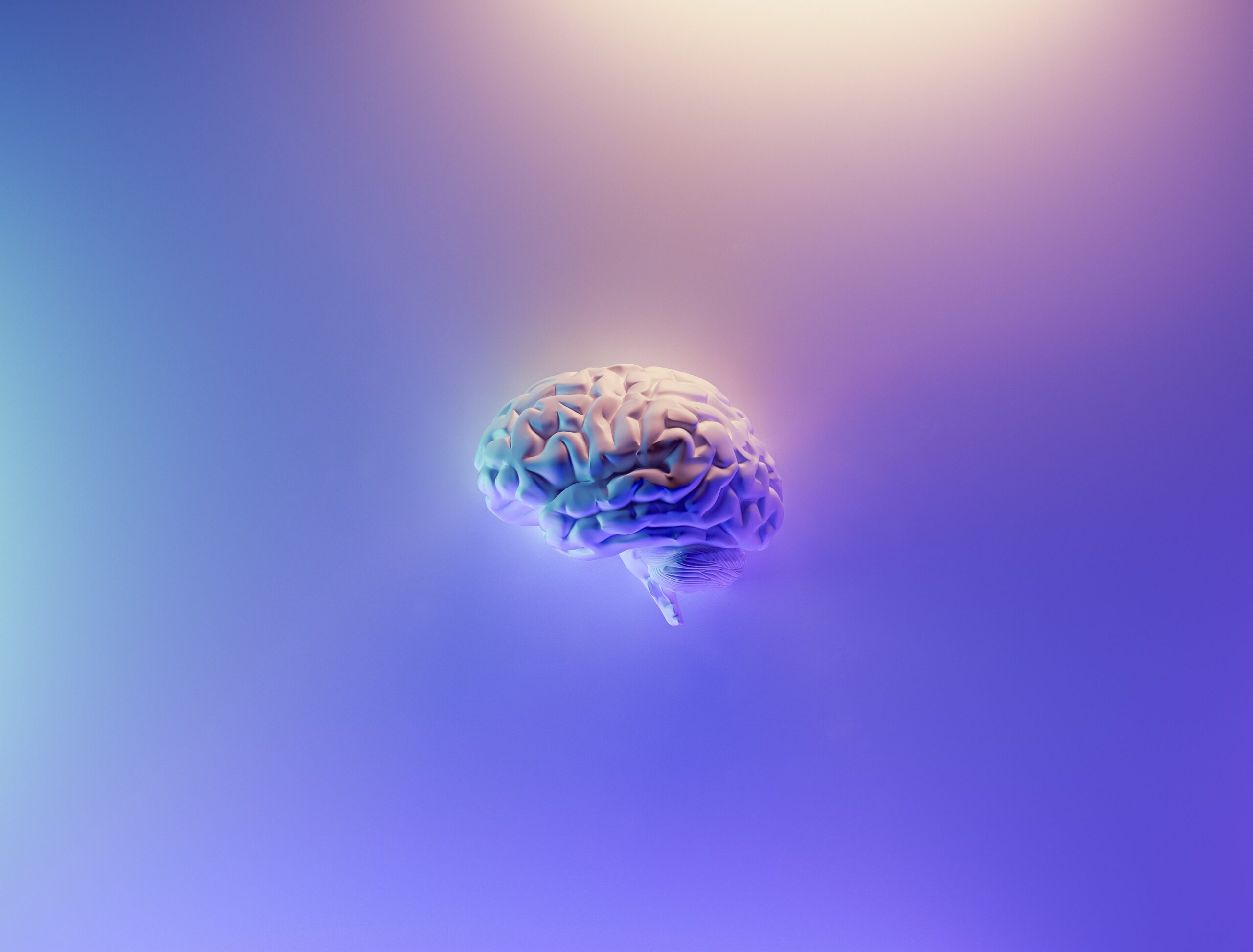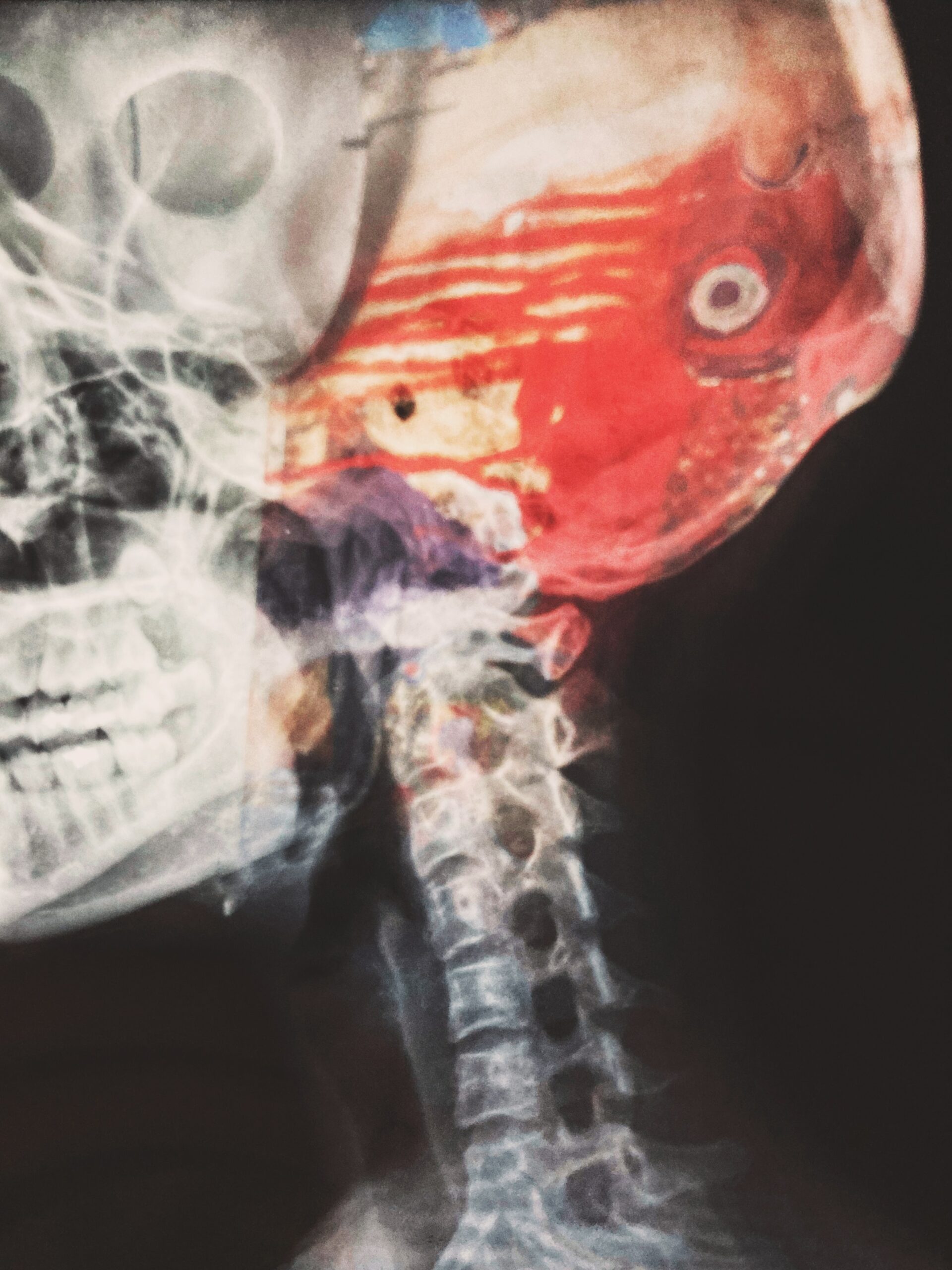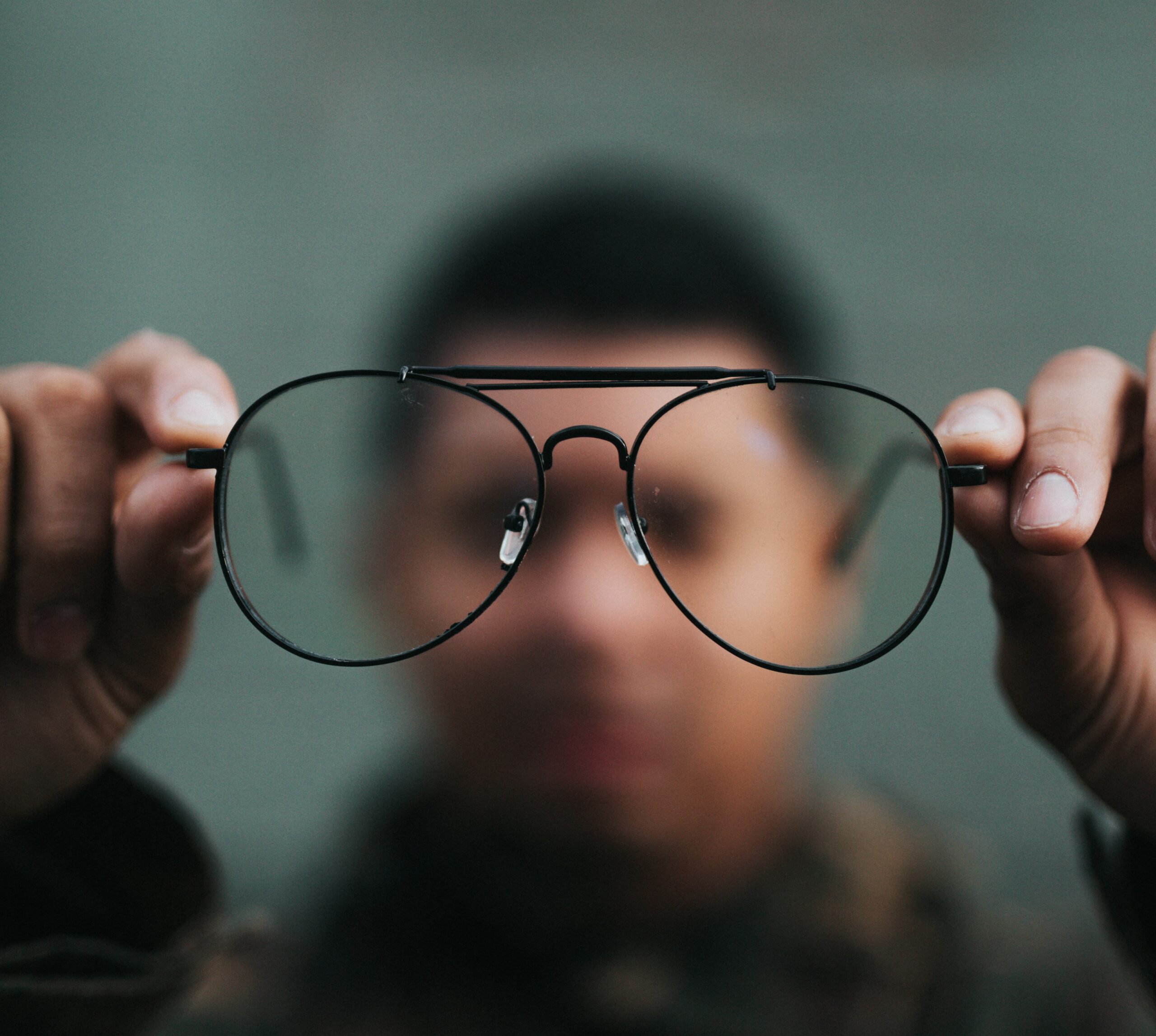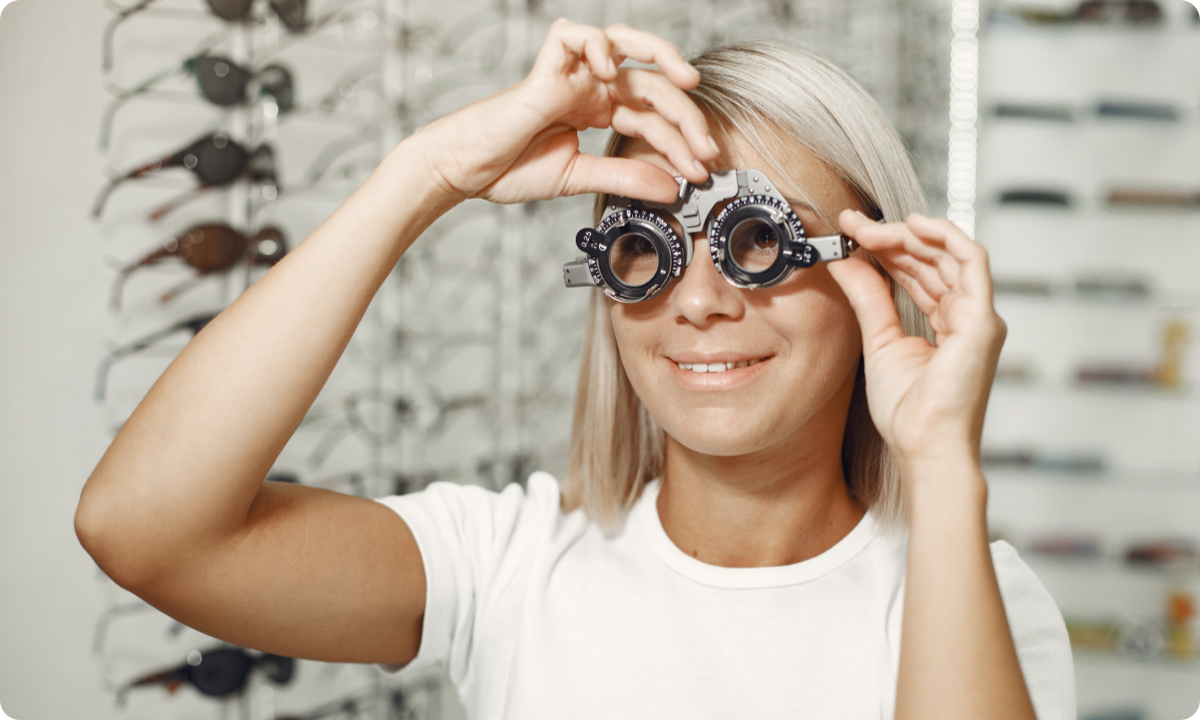Understanding Sensory Impairments and Brain DisordersWhy might an optometrist be interested in dementia, Alzheimer’s disease, stroke, vestibular sensory loss and other vestibular and sensory impairments, the proprioceptive system, even cerebral hypoxia, and birth asphyxia?Because an increasing number of studies are demonstrating the role of the eye’s retina in diagnosing these disorders, mitigating many of their
Latest
TBI/Concussion/Stroke



